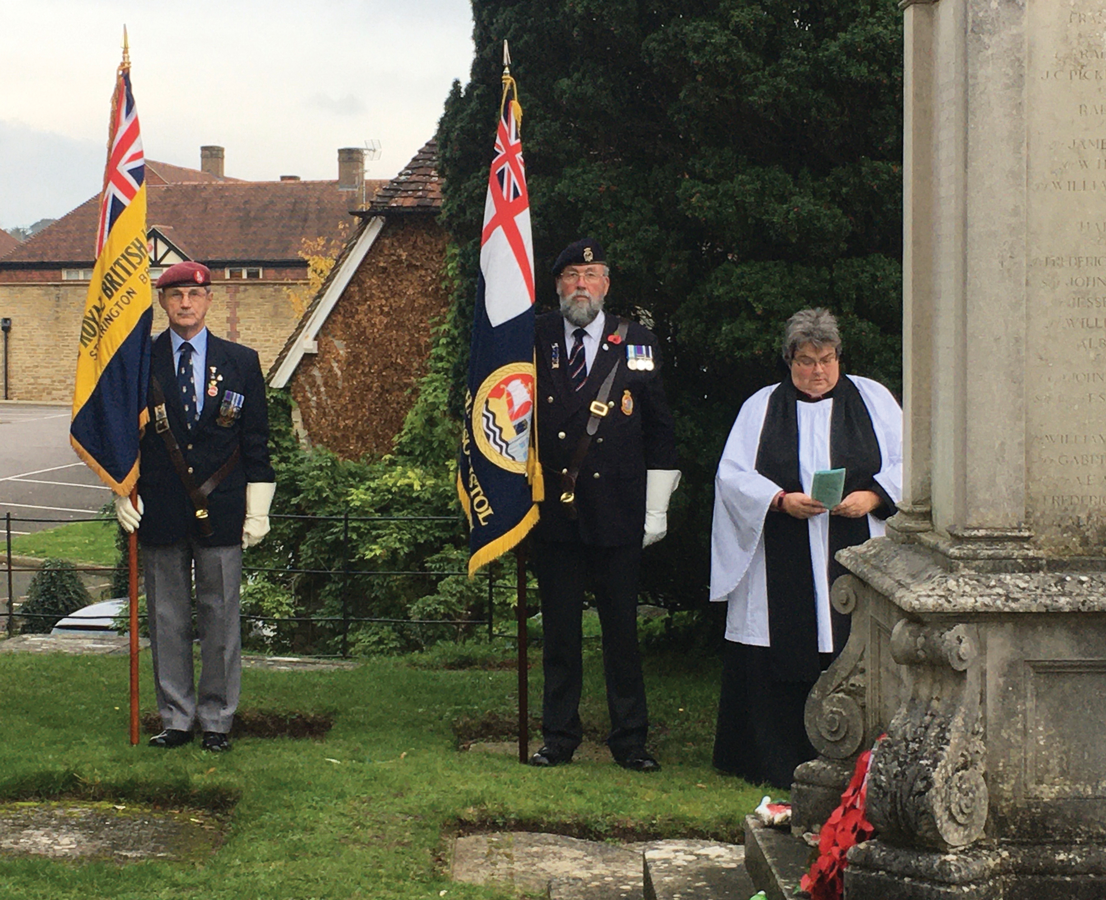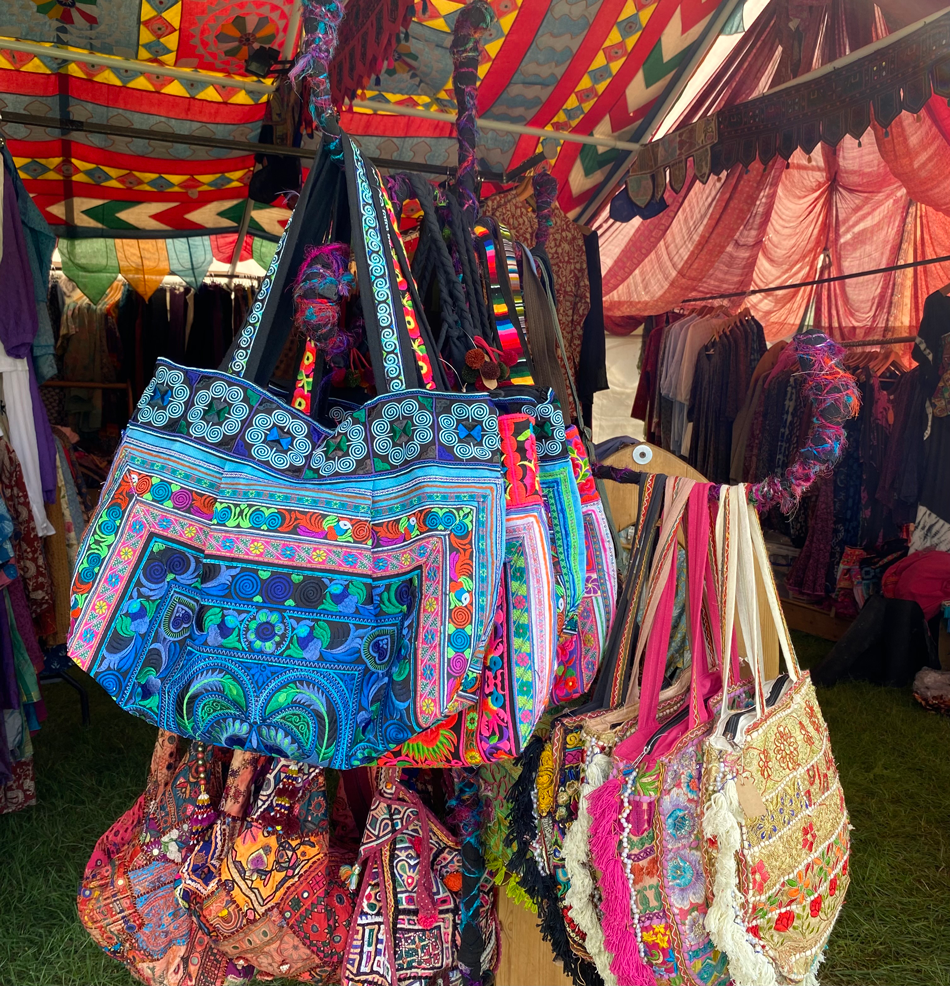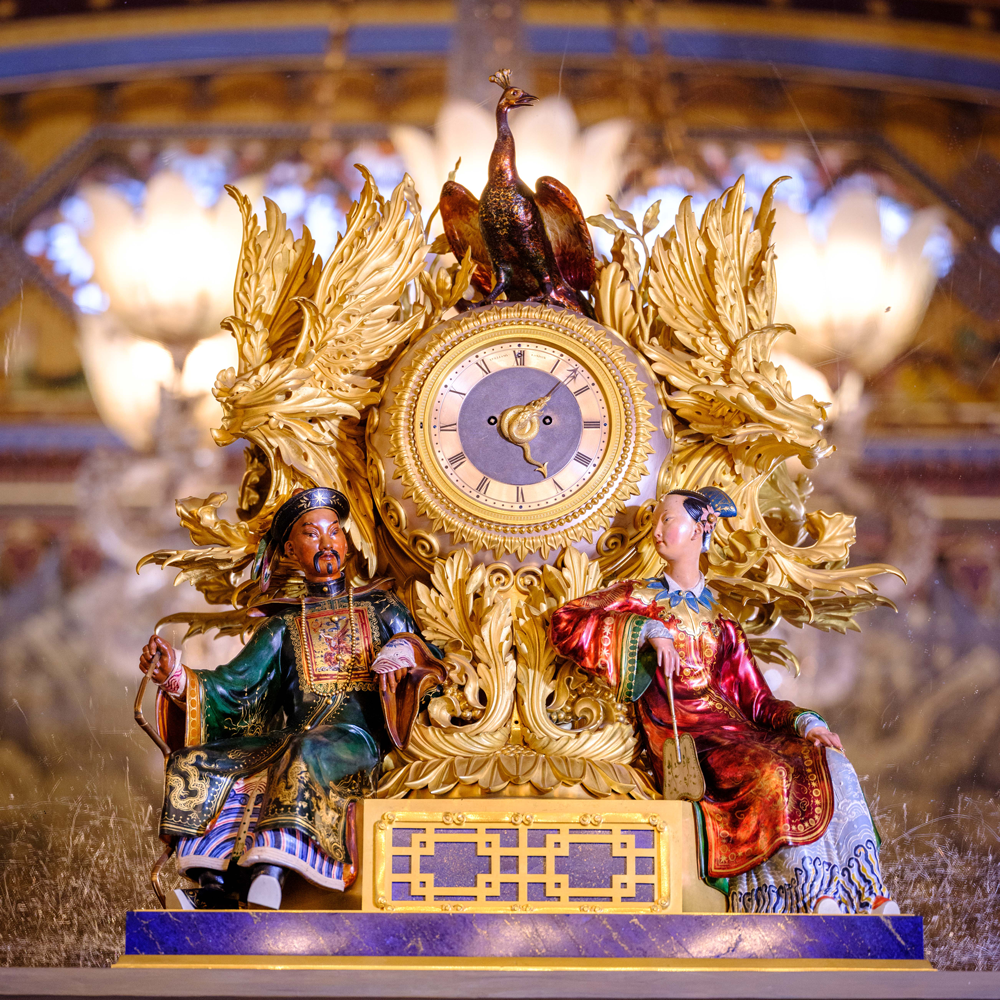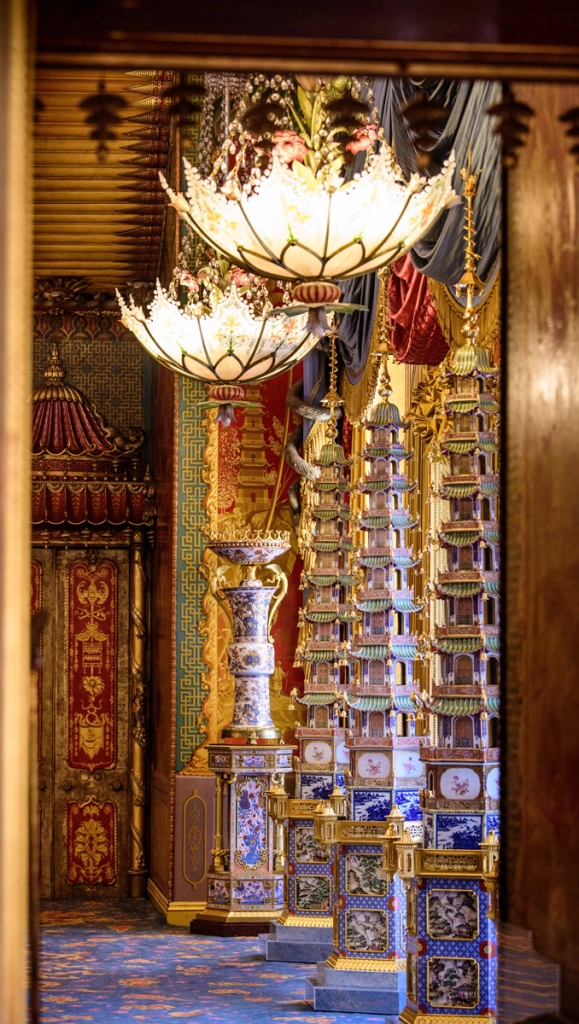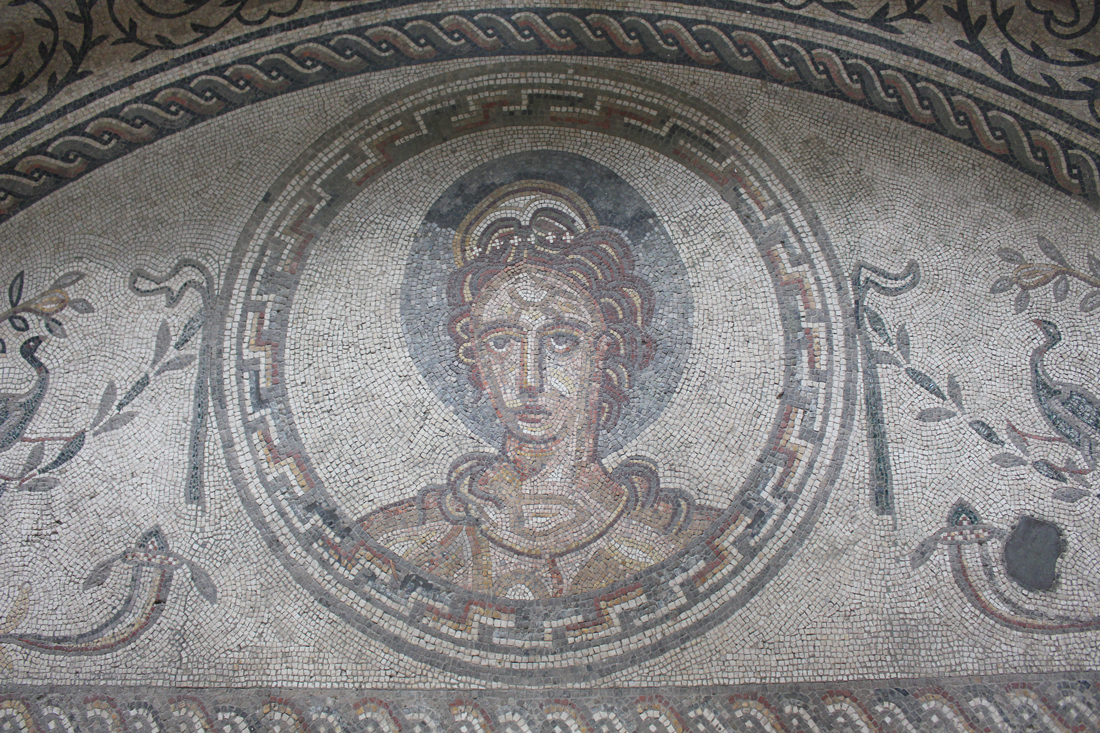
It is always such a delight to revisit Bignor Roman Villa. It has a unique charm and is one my favourite places anywhere in the country. The finest Roman mosaics are to be found at Bignor at the foot of the Sussex Downs.
The Villa was discovered on the morning of Thursday 18th July 1811 when George Tupper hit what appeared to be a large stone whilst ploughing in Bury Field near the village of Bignor at the foot of the Sussex Downs. He cleared a small area and found the tessellated face of a young man. Further excavation revealed a scene depicting Jupiter (Zeus in the Greek) in the guise of an eagle abducting the shepherd boy, Ganymede.
George Tupper’s landlord, John Hawkins, invited the antiquarian Samuel Lysons to supervise and record the excavation.
Encouraged by Hawkins and Tupper, Lysons would prepare a guide book over subsequent years. The image of the Ganymede mosaic you see here is from his 1820 guide.
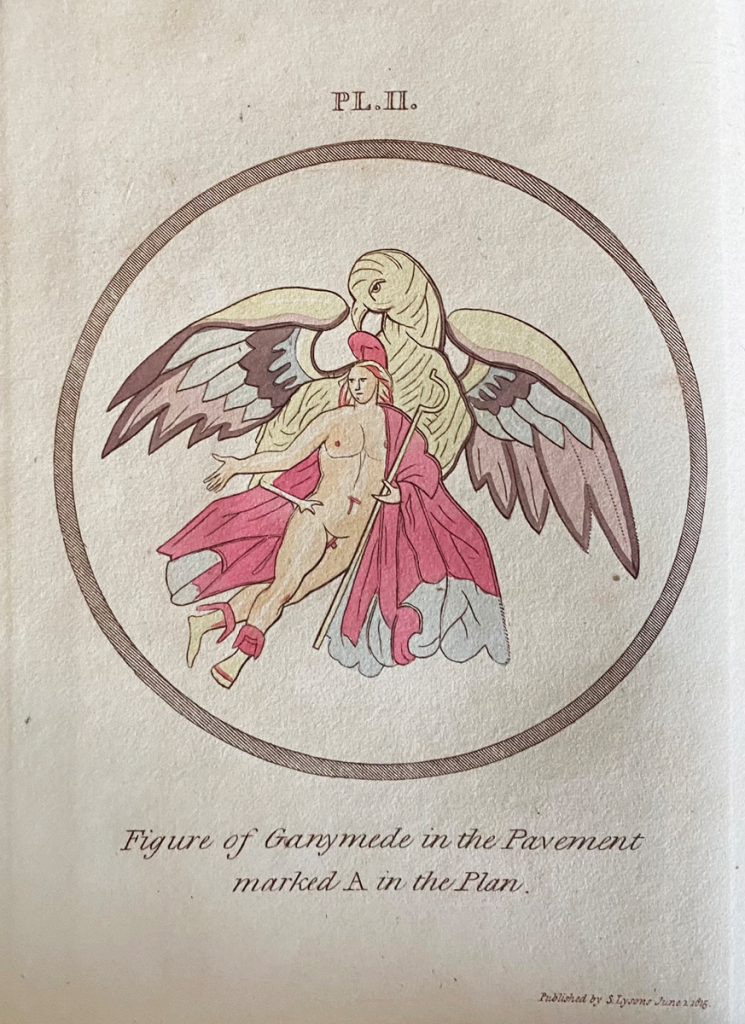
The depiction of Ganymede is strikingly executed. The shading gives form to Ganymede’s cape and muscular body highlighting the exceptional skill of the mosaicist.
This remarkable find was reburied until the June of 1812 and guarded by one of Tupper’s sons. The thatched cover buildings were designed to protect the mosaics and are a distinctive feature at Bignor. Built in 1812 they are amongst the earliest examples of their type in the British Isles. Arguably the most important discovery of 1812 was the Venus mask. This beautifully conceived female head is surrounded by a nimbus in a circle flanked by what are thought to be peacocks, or long-tailed pheasants and leaf sprays.
Venus is popularly known as the Roman goddess of love. However, she is also associated with spring, gardens and fertility. These qualities made her popular with farmers, horticulturalists and landowners throughout the Roman Empire. It seems appropriate that Venus should feature so prominently at Bignor in this timeless rural setting.
The extensive hypocaust underfloor heating system in the Venus Room is partly visible today and illustrates how this room would have been warm and comfortable in the winter months.
Samuel Lysons hinted at the possibility of the Ganymede Room being a banqueting room and today academics still regard it as an unheated summer dining room.
Visitors flocked to the site from 1813 including the great patron of the arts, the Prince Regent, later George IV, who was still creating the Royal Pavilion at Brighton. Today Bignor Roman Villa continues to welcome visitors.
When you arrive you cannot fail to be captured by the picturesque setting and charm of the place, and share in the sense of excitement which George Tupper must have felt on the day he discovered the Villa’s remarkable mosaic floors for the first time.
Bignor Roman Villa is open every day until 31st October 2021 and families can also enjoy the Sunflower Maze. To find out more visit www.bignorromanvilla.co.uk.
